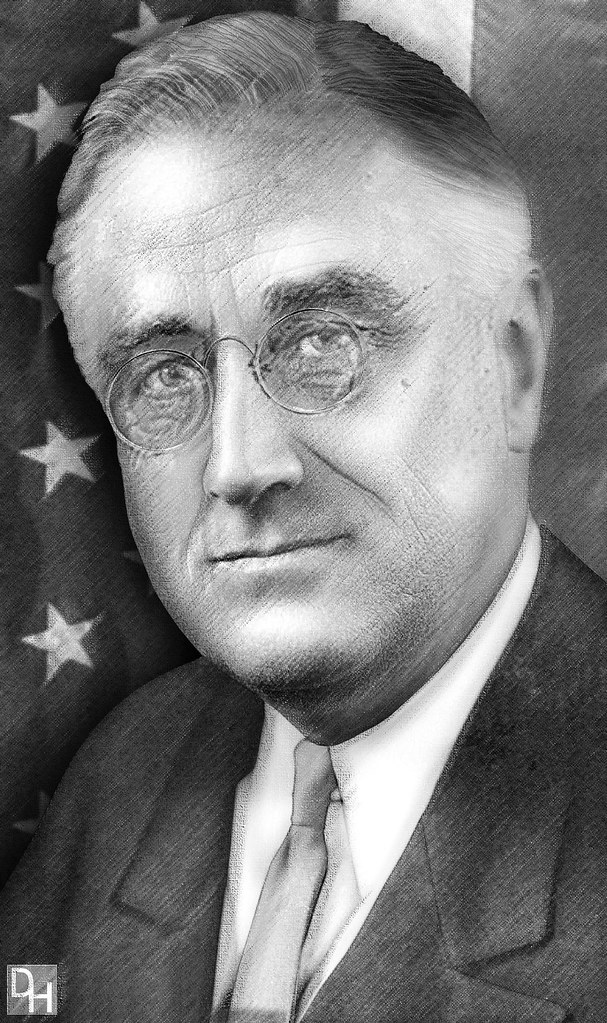Twenty-Sixth Amendment Facts
The 26th Amendment to the United States Constitution was ratified on July 1, 1971.
It changed the national voting age to eighteen. The amendment was the last in a series of amendments that expanded voting rights: to all men regardless of race or color, to women, and then to citizens eighteen or older.

What does the Twenty-Sixth Amendment say?
Section 1
“The right of citizens of the United States, who are eighteen years of age or older, to vote shall not be denied or abridged by the United States or by any State on account of age.”
Section 2
“The Congress shall have power to enforce this article by appropriate legislation.”
A Brief History of the Twenty-Sixth Amendment
Before the Twenty-Sixth Amendment, voting age was determined by the states. However, the traditional age was 21. States could lower the voting age, but they were not required to do so.
The argument for lowering the voting age to 18 began during World War II, and support for the change increased dramatically during the Vietnam War.
Why?

During World War II, President Franklin Delano Roosevelt (FDR) lowered the minimum age for the military draft to 18.
Boys as young as 18 were being drafted to fight America’s wars, and many of them died in battle. But in most states, they still did not have the right to elect American leaders or vote on American policies.
“Old enough to fight, old enough to vote” became a popular slogan. Eventually, Congress passed the Voting Rights Act of 1970. It lowered the voting age to 18 in all federal, state, and local elections.

However, in Oregon v. Mitchell in 1970, the Supreme Court ruled that Congress did not have the power to decide the voting age in local and state elections.
This meant that the states had to allow people between 18 and 20 to vote for the president, vice president, U.S. Senate, and the U.S. House of Representatives, but they could limit state and local elections to voters 21 and up.
In response to the Supreme Court decision, Congress proposed the Twenty-Sixth Amendment to lower the voting age to 18 in all elections.
Ratifying the Twenty-Sixth Amendment
The Senate Report for the Twenty-Sixth Amendment listed three main reasons for the proposed change:
“Younger citizens are fully mature enough to vote,” having typically completed high school and potentially some higher education.
They “bear all or most of an adult’s responsibilities,” including fighting the nation’s wars.
Younger voters should be given the chance “to influence our society in a peaceful and constructive manner.” Some protests against the Vietnam War had become violent, and Congress believed giving young people a voice in elections could help reduce these violent protests.
This argument was apparently convincing, because the Twenty-Sixth Amendment was ratified in less than four months.

Other Interesting Facts About the Twenty-Sixth Amendment
The Twenty-Sixth Amendment was ratified faster than any constitutional amendment in history.
Over half of the American servicemen who died in the Vietnam War were between the ages of 18 and 20.
In 1943, before the Twenty-Sixth Amendment was passed, Georgia became the first state to lower its voting age in state and local elections to 18.
In addition to lowering the voting age, the Twenty-Sixth Amendment means that states can’t make any special restrictions or residency rules that apply only to voters between 18 and 20 years old. They can’t make it harder for the 18-20 age group to vote.

The Supreme Court has consistently ruled that the Twenty-Sixth Amendment applies only to voting protections. It does not require states to lower the minimum age for holding public office, serving jury duty, or drinking.
